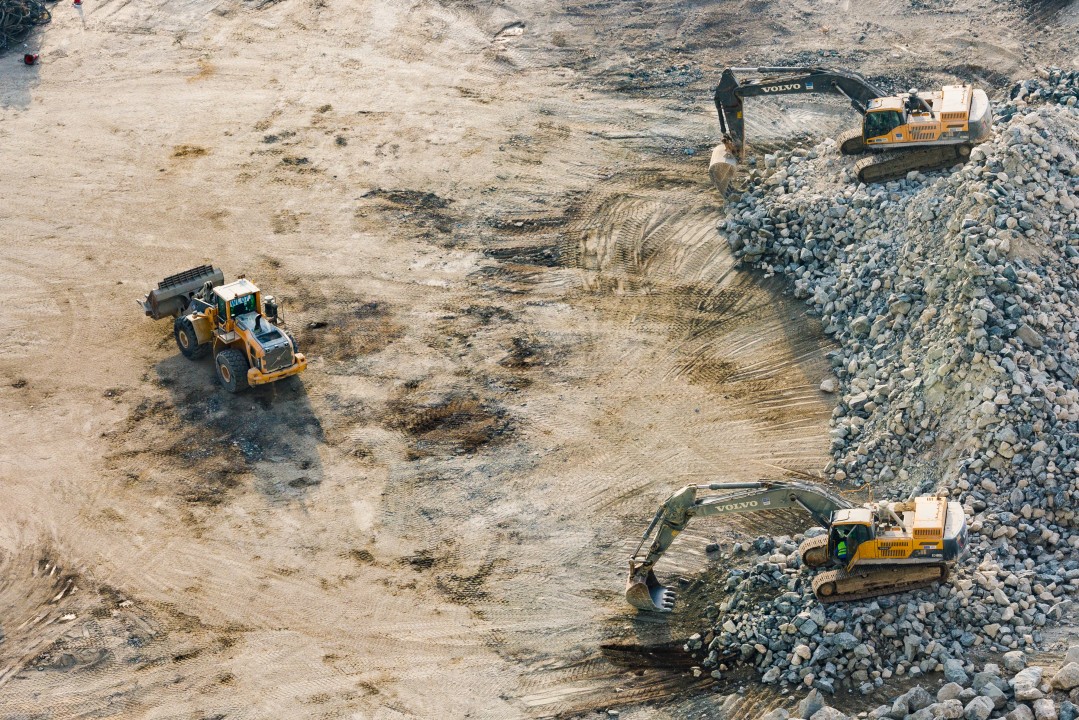Energy revolution paves way for African mining
The global energy sector’s appetite for minerals – many of which can be sourced in Africa – is good news for the future of mining, and will no doubt be an important focus at this year’s Investing in Mining Indaba in Cape Town.
However, the pressure on mines is still all about low-cost production, warns Ralf Hennecke, Managing Director of Omnia Group company BME. This year, BME will be exhibiting at the Mining Indaba to showcase its mining and explosive solutions, including its flagship AXXIS Titanium™ electronic initiation system.
Hennecke is bullish about the positive impact of the energy revolution on mining, as there is widespread expectation that volumes of battery-related commodities will need to ramp up considerably. Efforts to decarbonise the world economy are relying on energy technologies that are mineral-intensive, he explained
“The average amount of minerals needed for a new unit of power generation capacity will grow by 50%, according to predictions by the International Energy Agency (IEA),” he said. “This is because solar photovoltaic plants, wind farms and electric vehicles generally require more minerals to build than their fossil fuel-based counterparts.”
The typical electric car, for instance, requires six times the mineral inputs of a conventional car, and a wind plant requires nine times more mineral resources than a gas-fired plant. This quickly translates into considerable demand growth in certain minerals.
“In terms of lithium, the largest consumers are now electric vehicles and battery storage applications,” he said. “It is expected that these applications will also be the largest consumer of nickel within less than 20 years.”
While this was good news for Africa, where many battery minerals will be sourced, the continent’s mining sector will always need to be globally competitive. This meant efficiency across the mining value chain, rooted in on-mine productivity and safety. This was the basis for streamlined operations that could reduce their own energy consumption and steadily increase production levels.
“As an early-stage activity in the mining cycle, BME recognises the importance of blast design and execution in laying the groundwork for optimal operations,” said Hennecke. “Our technology developments including AXXIS™ and other digital innovations allow quality blasting that raises productivity in energy-intensive phases such as loading, hauling, crushing and milling.”
Only by optimising efficiencies could mines achieve a place in the lowest cost quartile of producers, which in turn enhanced their commercial viability and made them less reliant on commodity price cycles.
“Given the cyclical nature of the mining industry, Africa’s mineral producers can build a long-term future for the sector by remaining sustainable even through the dips in the cycle,” he said. “There is a depth of experience and technologies, developed right here on the continent, that can help put them in that advantageous position.”
The AXXIS Titanium™ system being showcased at Mining Indaba has been trialled and tested in various global mining destinations and conditions – and has already gathered considerable interest and uptake. BME reported that the system is one of the leaders in its field, with further enhanced safety, reliability, and performance – including larger blasts to streamline mining operations
Share this content:














